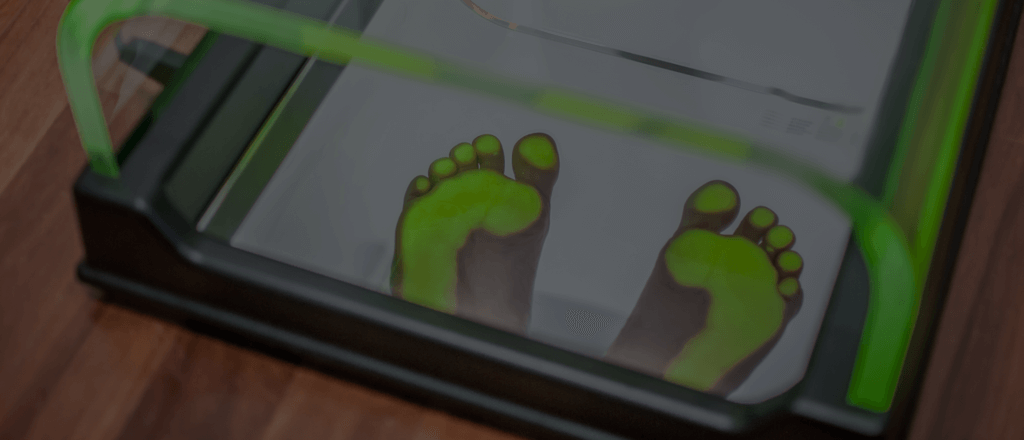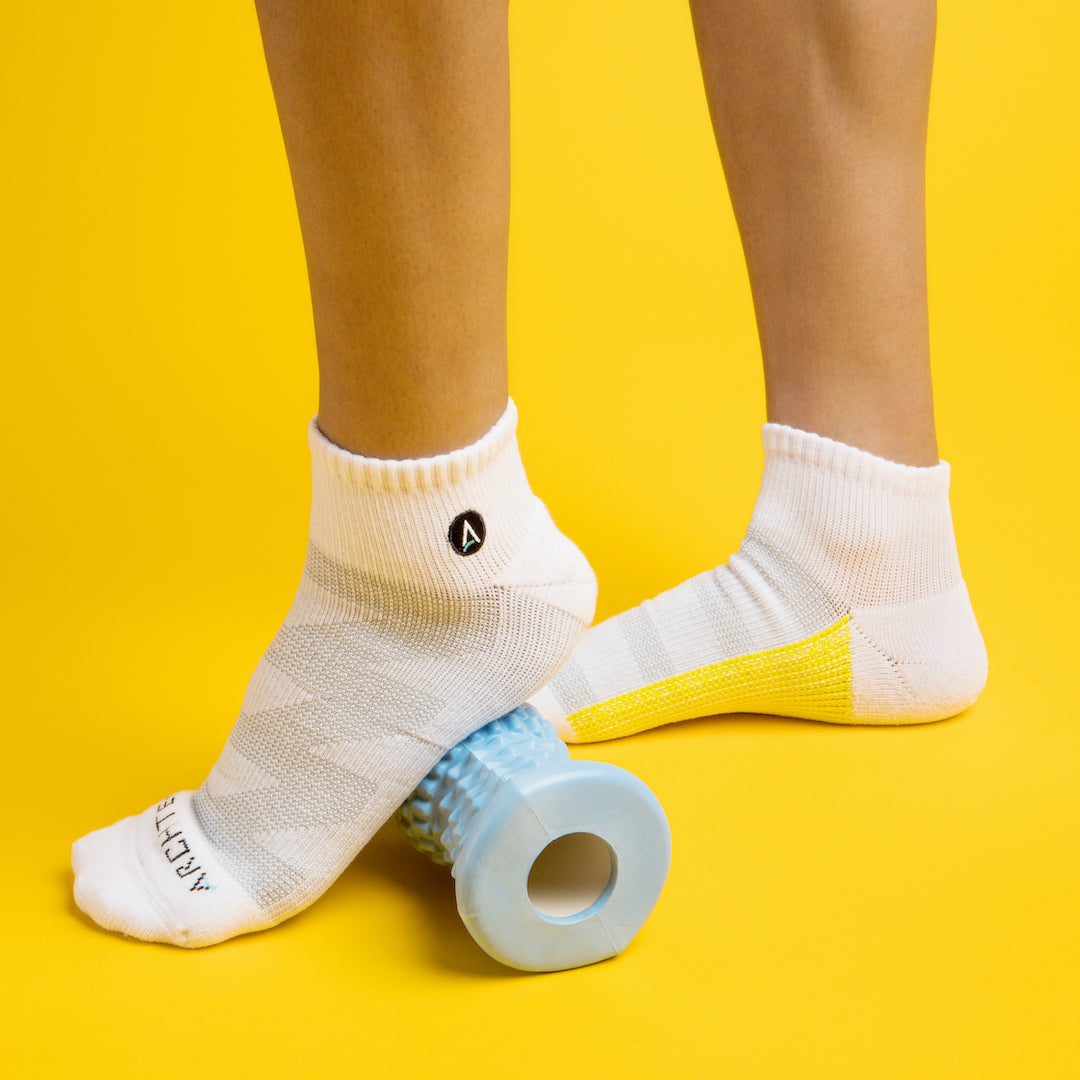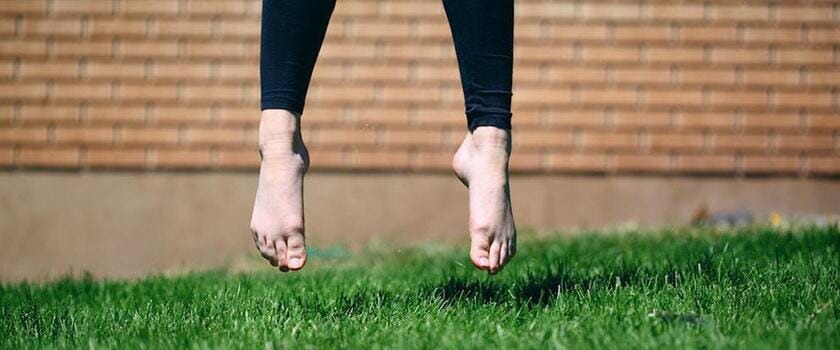
3 Things You Didn’t Know About Your Arches
The arches of your feet are a beautiful thing. They support the entire weight of the body when you walk or run, giving you the balance and flexibility to change direction on a dime, jump when you need to – and dance to your heart’s content!
To get anatomical, the arch itself is formed by the tarsal and metatarsal bones and is connected by ligaments and tendons – a springy, strong trampoline for your body. Okay, maybe you already knew all that.
We want to share with you a few other interesting facts about your foot arches, things you may not have considered that could help you on your journey to maintain the health of your feet, or cure current foot pain that’s compromising the quality of your life.
There’s No Good Or Bad Arch Type
Like most things in life, the world of foot arches is not black and white. People talk about flat feet like they are the root of all evil. They’re not. High arches seem to be coveted for their aesthetic beauty, yet they can lead to just as many foot issues as flat feet. Our message at ArchTek® is that there is no judgment when it comes to arches! Flat, average or high – it doesn’t matter. What matters is that you identify what type of arches you possess so that you can act accordingly. So let’s review:
Low Arches - "Flat Feet"
This ‘condition,’ also known as ‘pes planus’ means that your arch almost reaches the ground when you stand. You could be more susceptible to plantar fasciitis and there’s the potential for knee issues due to improper alignment, but with the proper socks, supportive shoes, you can engage in vigorous high-impact sports just like everyone else.
Medium Arches
This describes most of the population who has a pronounced inverted C-shape facing the ground when they stand, but not so high that they can roll a pea underneath it. This is the middle zone where any common foot problems may occur – heel pain, ball of the foot pain and more. Typically, medium-arch folks are not told about the value of foot health and arch support because they don’t complain as much.
High Arches - "Cavus Foot"
With high arches, sometimes called ‘Cavus Foot’ your arch sits high off the ground and you can roll a pea underneath your foot as you stand. The challenge here is that your weight is distributed among fewer points of contact. So where the flat foot or medium arch will take some weight on the middle sections of the foot, high arch feet put all the pressure on the balls and heels of the feet. This can lead to foot pain in these areas including plantar fasciitis. It can also increase calluses on the heel and toes. But is this bad? No! You simply need to address your needs and find solutions accordingly.
You Can Identify Your Arch Type Through Scanning Technology
There’s a new diagnostic technology available at foot and ankle clinics that scans your feet with a cone-beam CT scanner. You place your feet into the scanner, and with very low radiation compared to other CT scans, you can get a clear 3D picture of precisely how your feet bear weight and how the bones relate to the soft tissue around them. This fuller picture is a huge improvement over regular X-rays, which cannot convey subtleties about your arch type.
This revolutionary CT scan technology has been a tremendous breakthrough for foot specialists because it can evaluate precise bone position as well as bone quality. The CT scan machine makes it much easier to detect abnormalities such as arthritis, or OM (osteomyelitis) which is a bone or bone marrow infection that causes inflammation. Severe cases of OM can lead to limb loss, so early detection is paramount.
Besides detecting disease, the information gleaned from a 3D foot scan can give your podiatrist almost everything they need to know about how to treat your feet in terms of insoles, behavior changes, posture adjustments and recommendations for socks and shoes. The “pedCAT” imaging helps podiatrists and surgeons understand what’s going on with your feet in every way – a huge new development in the field.
Your Arches Could Be Causing Your Knee or Back Pain
Have you heard of pronation? It’s how your foot rolls when it’s in motion. Overpronation is when the medial foot bones rotate inward, causing a flattening effect on your arches. If you’re overpronating, the weight of your body presses your feet inward and you push off from your big toes while walking or running. Since this is more pressure than they can handle, they send the burden up the leg to your knees and even your back. Overpronation is often the cause of shin splints too.
Underpronation and Supination
And what about underpronation, or supination? This is the opposite effect, where the ankle doesn’t roll inward far enough to create even distribution of weight. The outer edges of the feet take the burden, which puts you at a greater risk for falls while jogging or running. Why? Because the body is destabilized. Abnormal pressure on the ankles and toes can also extend up your legs, causing lower back pain and knee strain.
What Can You Do About Ankle & Arch Conditions?
Podiatrists recommend that you find comfortable shoes that have thick soles and good arch support. Underpronators should also consider wearing high top sneakers to protect their ankles from rolling over. And now there’s another option on the market to improve foot health – ArchTek® fashion support socks! A sock that grips around your mid-foot with therapeutic results is a practical everyday addition to your foot health plan. Why not use all the tools in your arsenal and feel great when you walk?



